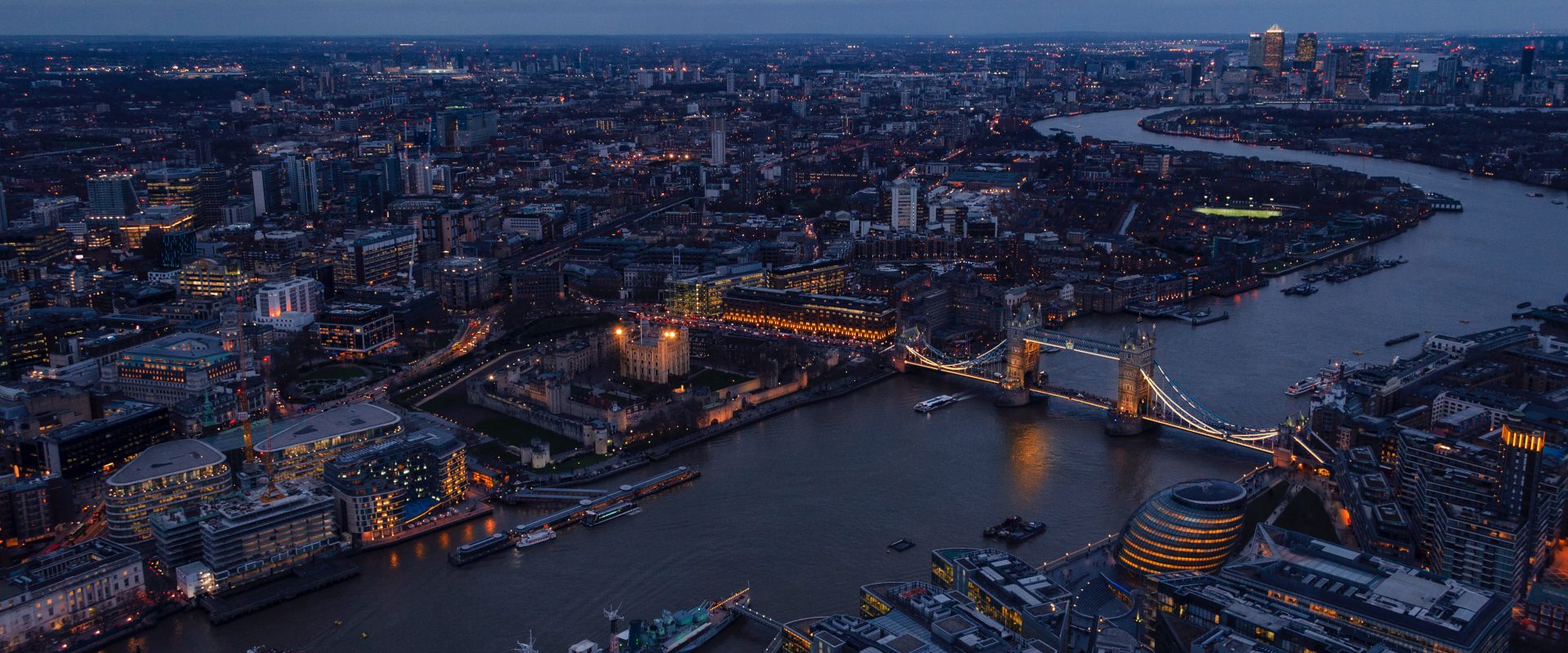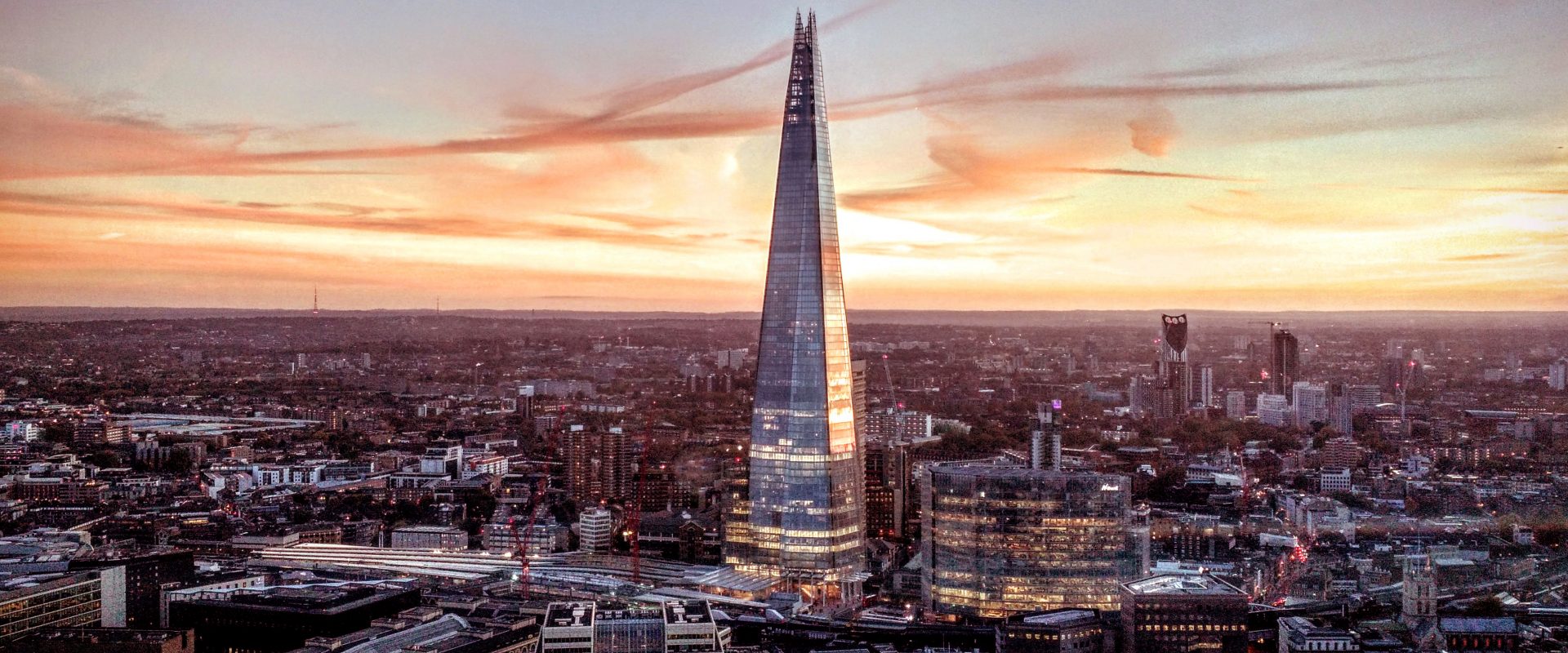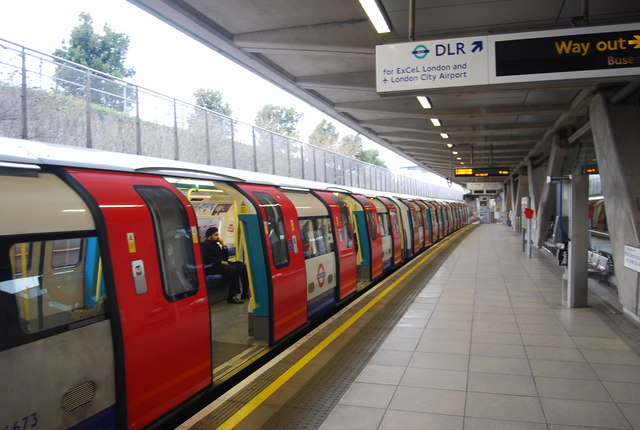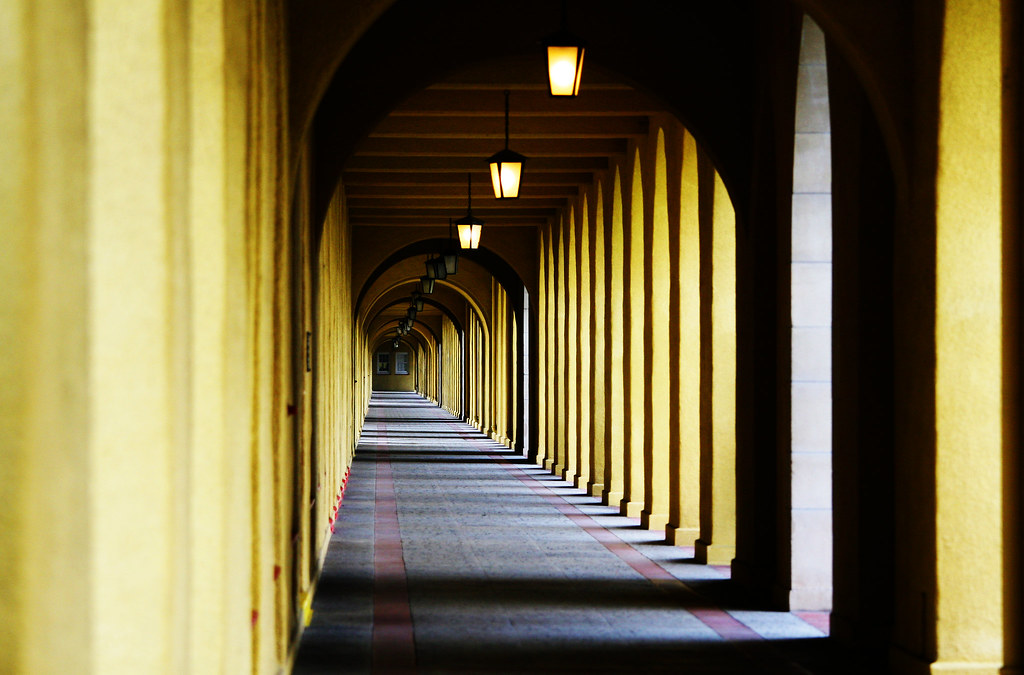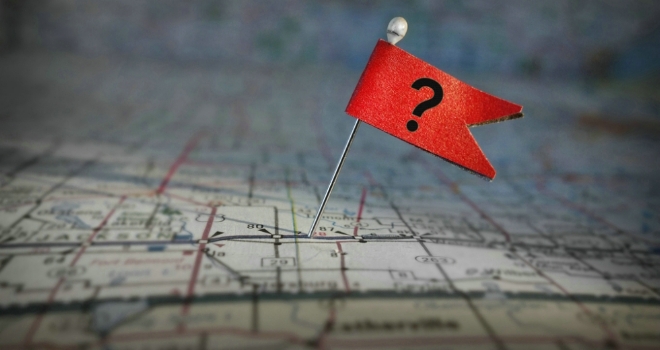
Photo source: Pixabay http://bit.ly/2qKmbRC
Kitchen design in 2018 is all about timber veneers, colour contrast, texture, metallic, and the ongoing industrial look,’ says bespoke furniture manufacturers Schmidt.
The tail end of 2017 has seen the emergence of more bold colours and textures in kitchen doors and this will follow into the New Year. The mix of striking solid colours and woodgrains will continue to prove popular, whilst more industrial finishes like concrete will sit alongside these to really create interest in the kitchen. Consumers are increasingly looking for more variety and being braver in their style and colour choices.’
- ‘Vibrant colour schemes will continue to be popular for 2018 with a focus on both Scandinavian application. The use of colour in the kitchen is extremely important and should reflect homeowners’ personalities and their needs. For instance, a space for cooking should be light and bright while spaces designed for entertaining could have a darker essence to provide a suitable ambience.’
- From Cobalt blue to powder blue and teal, blue is the colour of the MOMENT when it comes to kitchens. Darker shades of this versatile hue will prove to be the most popular. ‘Undoubtedly the biggest colour trend the industry has seen this year is the desire to have blue in the kitchen,’
- ‘Golds have been on trend for a while now but the move to combining them with browns and organic materials is going to be big for 2018,’ predicts Papilio. ‘Combining the use of neutrals, golds and organic textures makes for a warm environment with slight seventies feel, hitting the mark in terms of both style and substance. The Boho look is not only easily adaptable with other colours but also comes hand in hand with good quality and timeless design – something which a kitchen needs to present.’
- ‘Smart appliances are developing at a rapid pace and anyone considering installing a new kitchen in 2018 should really not do without a boiling water tap , being seen as a necessity in today’s living, wifi ready appliance that are allowing us to control our kitchens from afar, and steam ovens and vacuum drawers, this makes cooking quicker, easier and contains the flavour in the food,’ say Kitchens International.
- Feel like you’re on holiday all year around with a kitchen inspired by warmer climates. Pinterest data reveals that there has been a 128% rise in searches and saves for Moroccan-inspired décor, with ‘Moroccan tiles’ and ‘Moroccan splashbacks’ really gaining momentum. Mike Lavers agrees. ‘We predict that striking mosaic wallpaper and feature floor tiles will be hugely popular in 2018, along with other light Moroccan touches such as chunky wooden worktops, gold lanterns and pendant lighting.’
